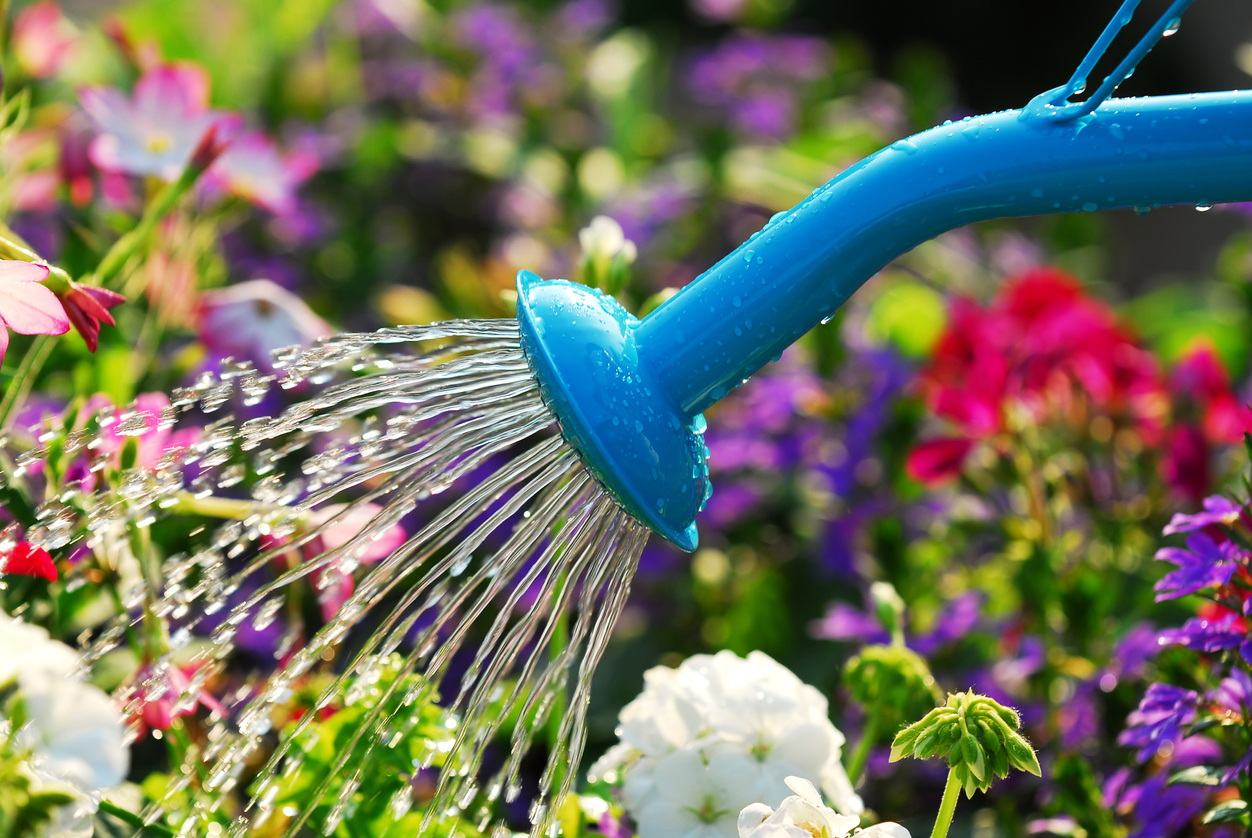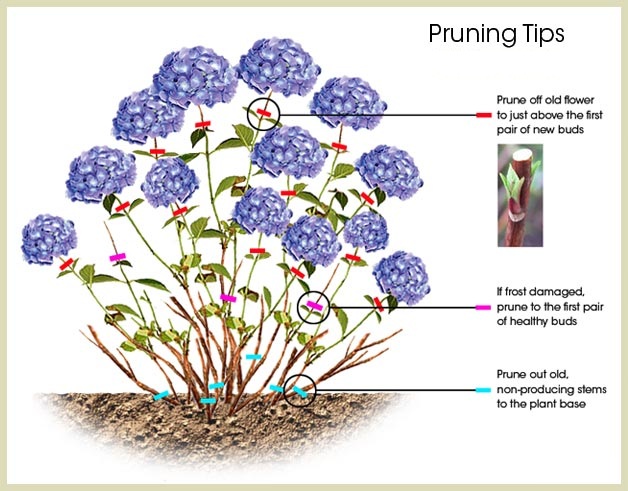Planting Your Hydrangea
Avoid planting in open areas: strong winds could break stems with flowers on them.
Avoid trees: Don't plant hydrangeas directly under trees. They don't like competing for moisture and nutrients. Aggressive tree roots will crowd them.
To know more about changing hydrangeas color, check the boxes below!


Hydrangeas can live for many years without ever needing to be pruned, but if your shrubs grow out of bounds or lose flowering vigor, then there are some essential pruning guidelines you must follow to ensure bountiful blooms the next year!
There are three types of Hydrangeas
Here are a few tips :
Fall is a great time to create dried arrangements, you can use the drying blooms for wreaths or combine them with other dried plants to create a unique display.
Hydrangeas may produce pink, blue, or lavender blooms, depending on where it's planted and how it's fed. Alkaline soils, pH of 6.0 or more, are more likely to produce pink blooms. Acidic soils, pH 4.5 to 5.5, produce blue flowers.
If your soil naturally produces very blue or very pink hydrangea flowers, you may need to grow your hydrangeas in containers or raised beds to achieve the desired color. If you do attempt to change the color of your blooms by adding these minerals, dilute them well, and add sparingly. It is very easy to scorch your plants by adding too much.
White hydrangeas are not affected by efforts to change bloom color.
Coffee grounds turn soil more acidic, helping hydrangea blossoms turn blue rather than the typical pink or white, eggshells will produce the same effect. All hydrangea blooms respond to increased acidity in the soil, though the soil must still be fertile and well-drained.
Add coffee grounds to increase the acidity by digging it into the soil or dump your coffee grounds into your compost bin and add the compost as part of your twice-yearly fertilizing ritual for your hydrangeas.
Used tea bags applied to the soil around the plant, makes pink blooms change to blue!